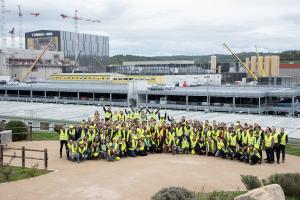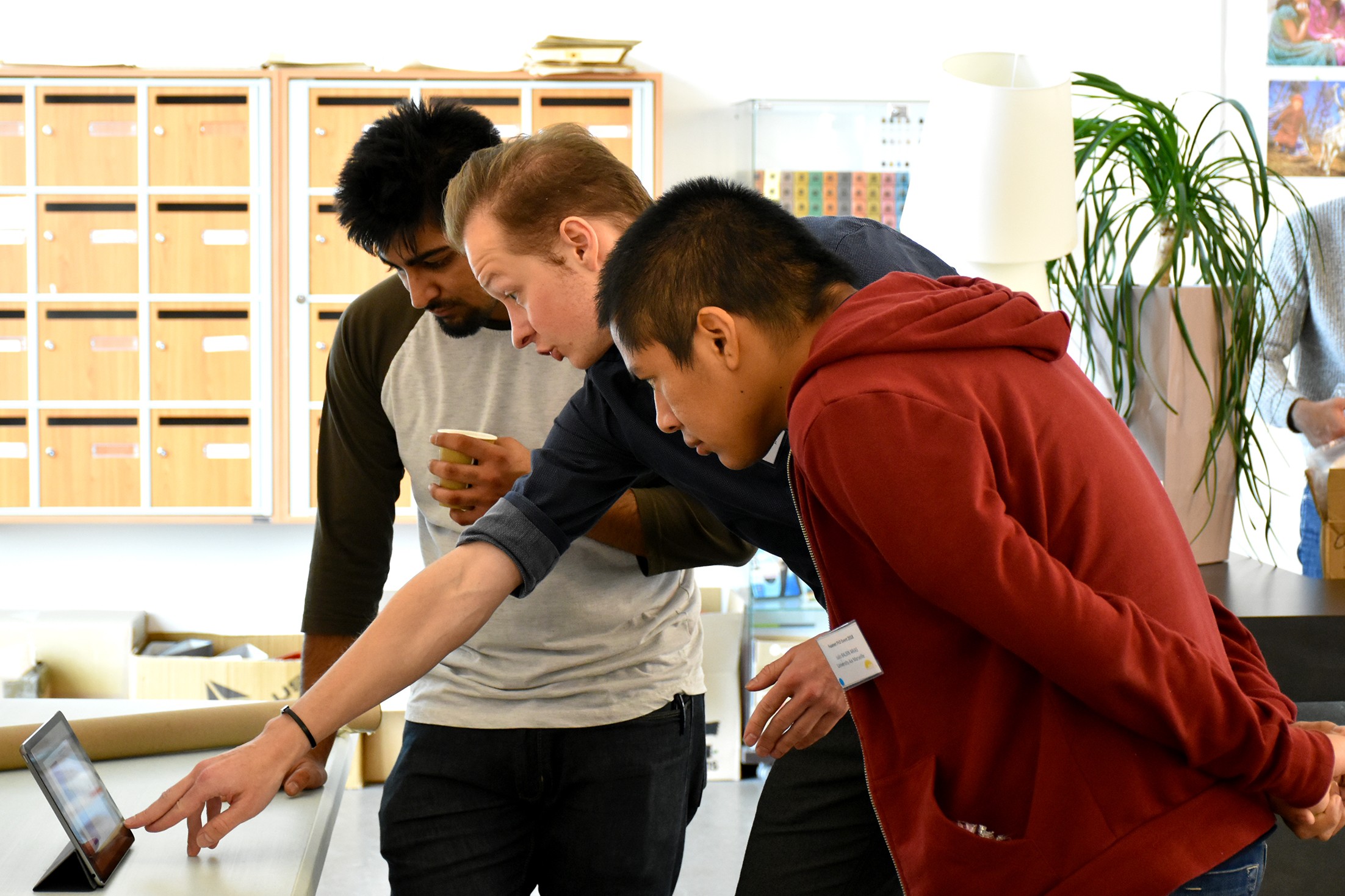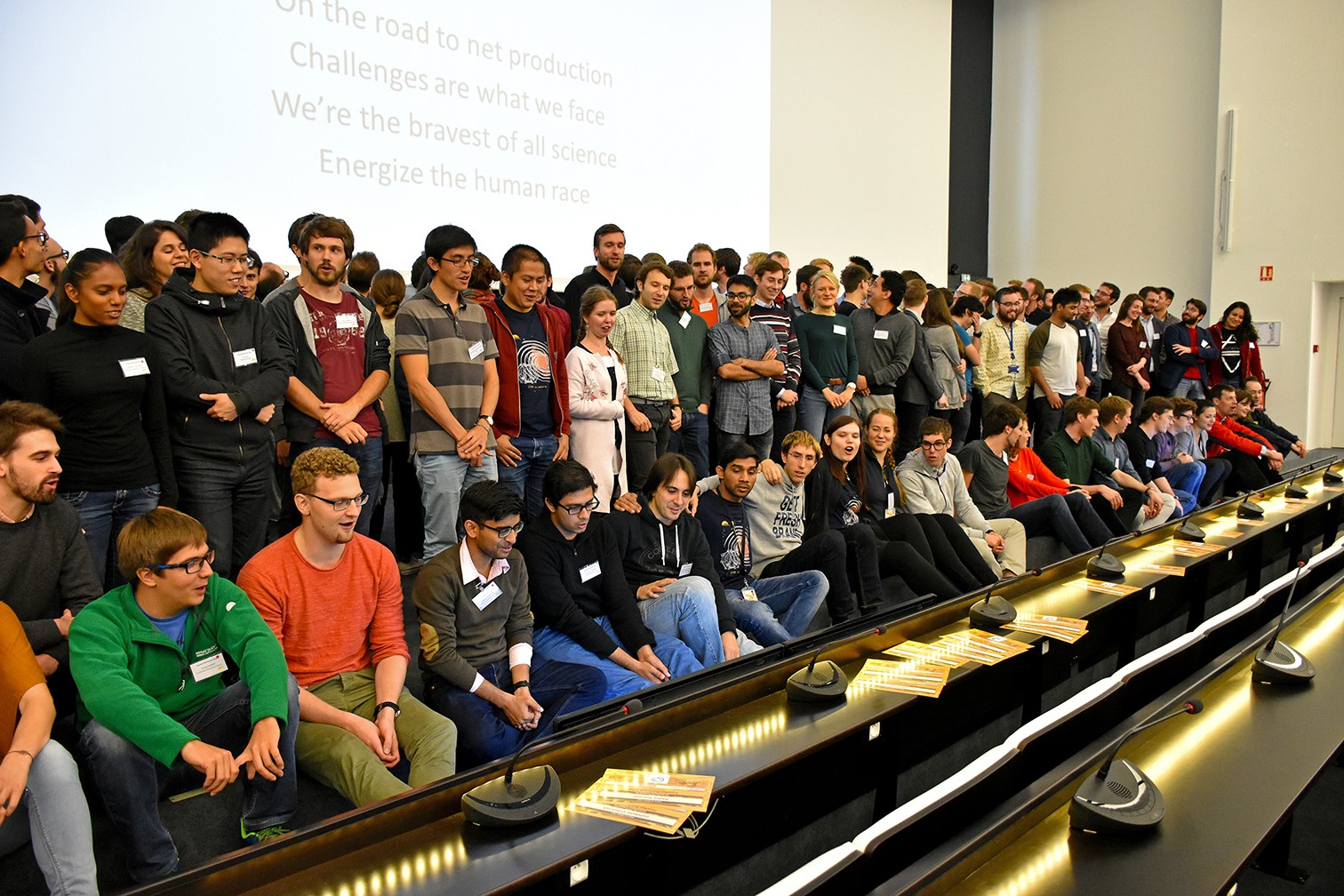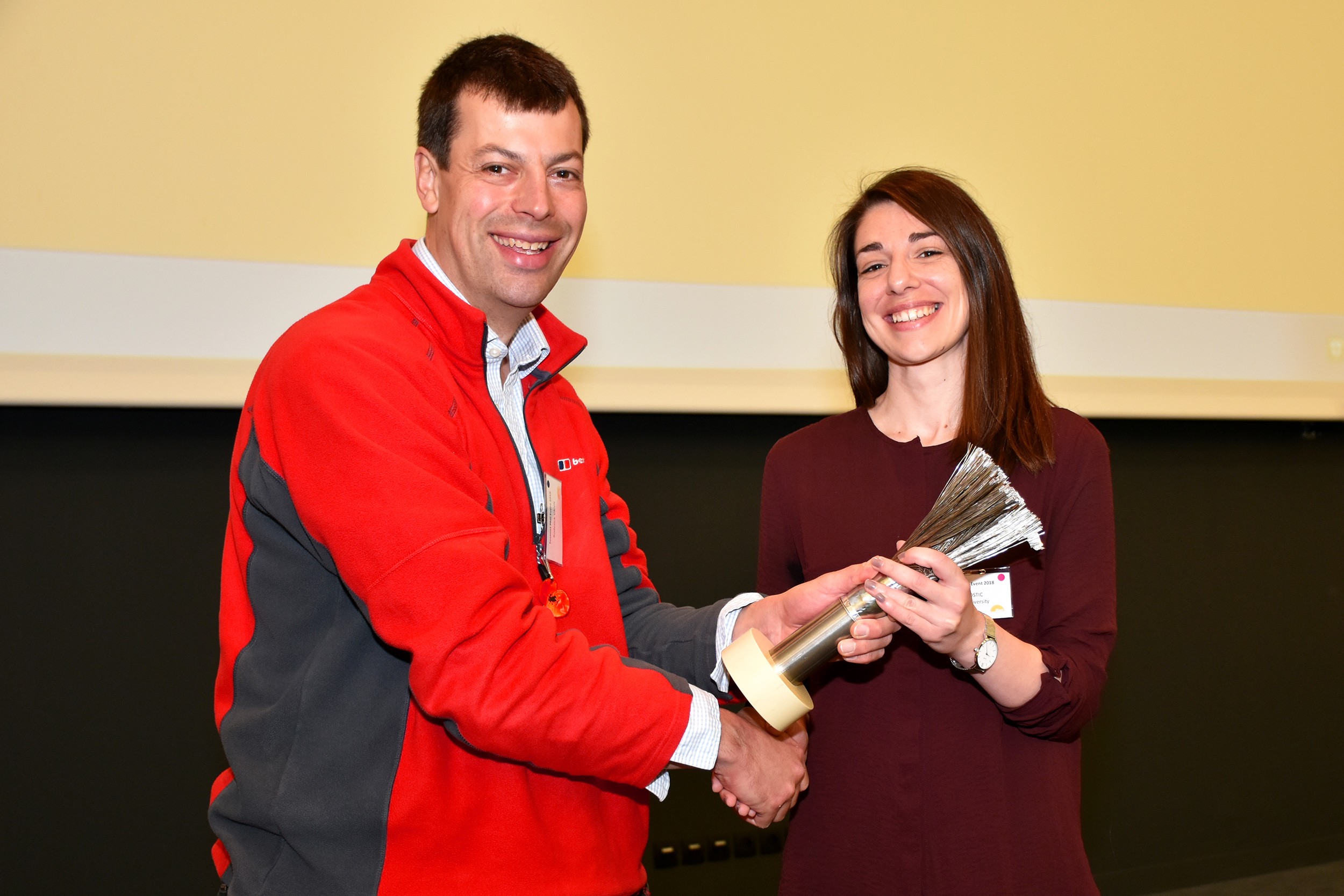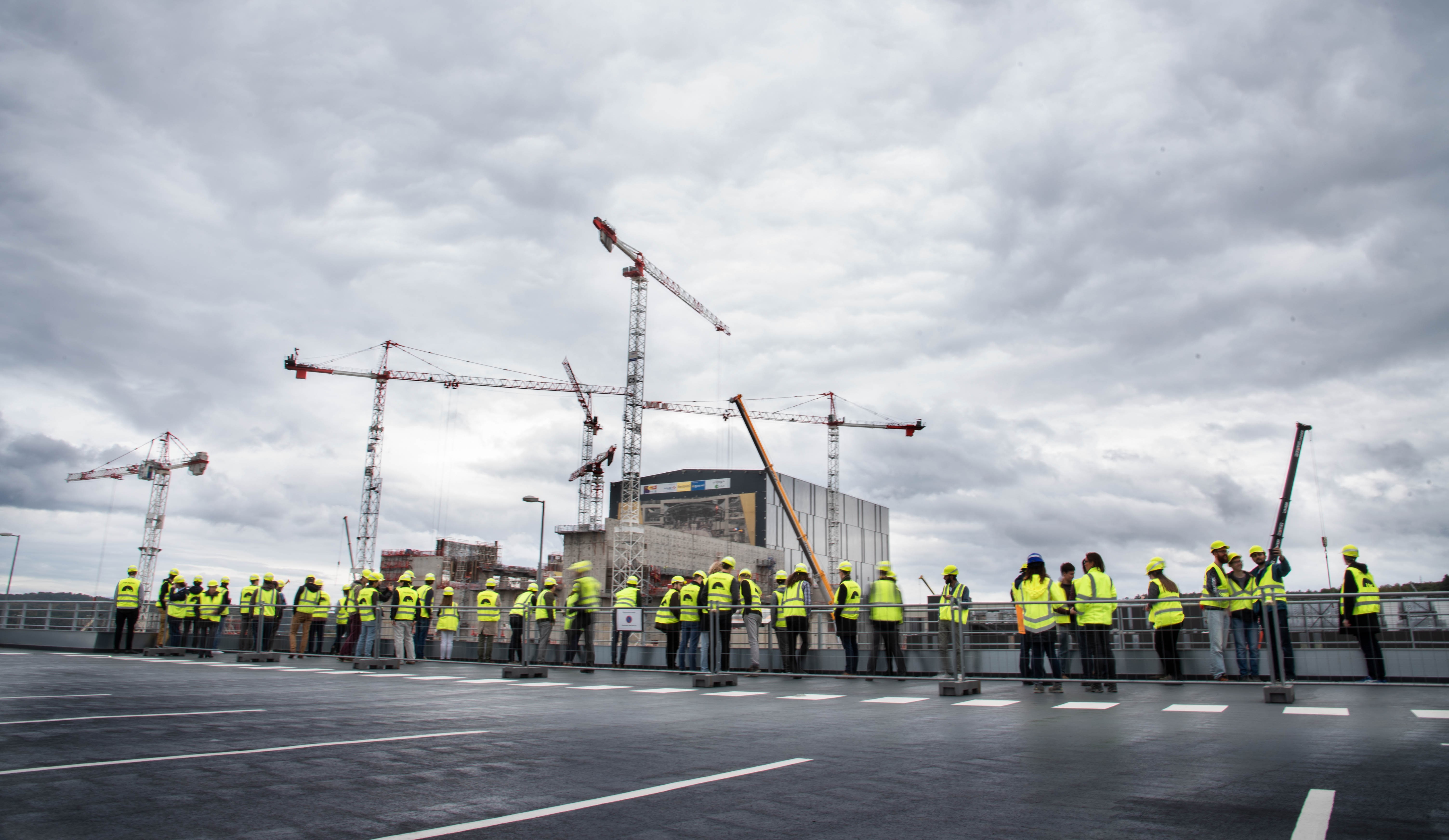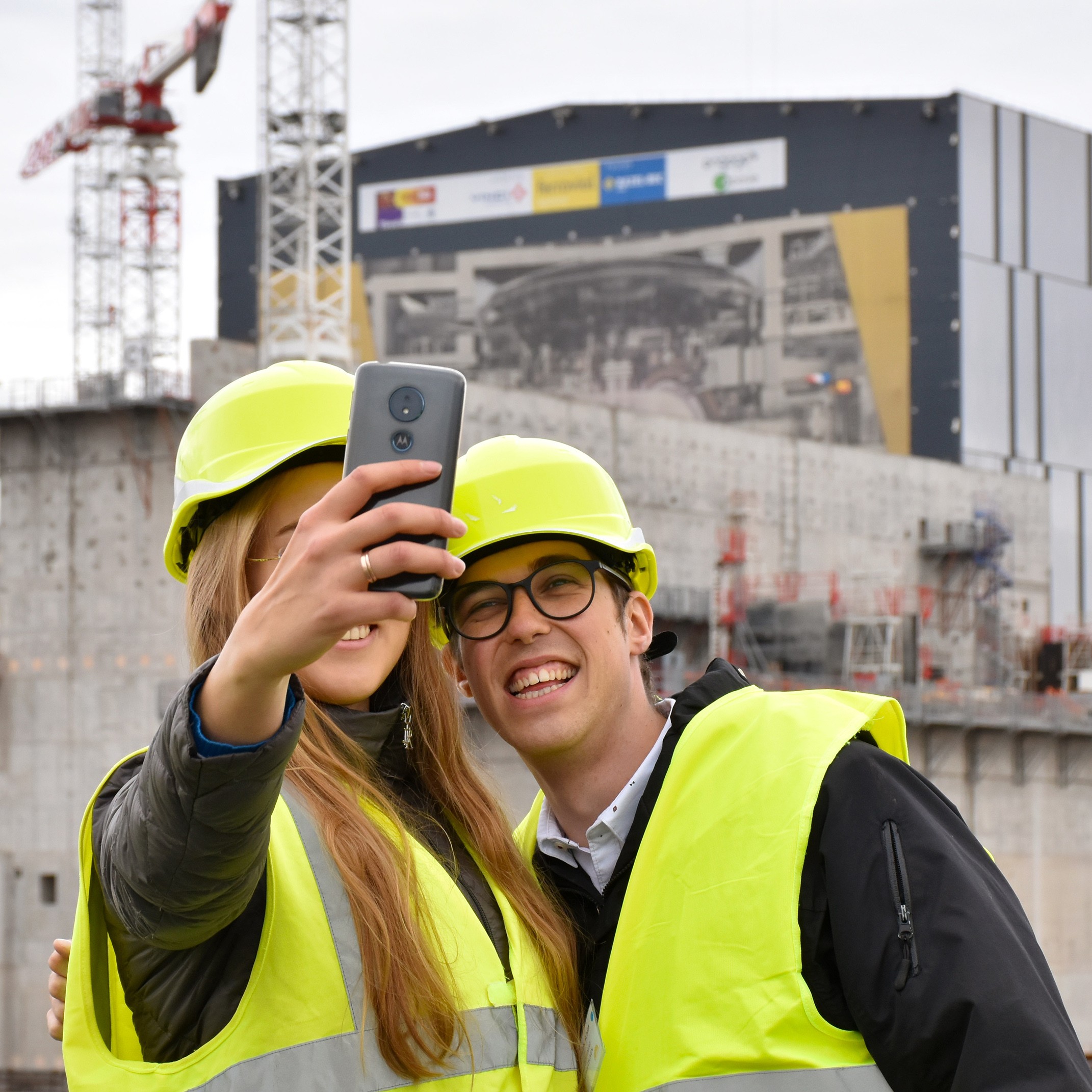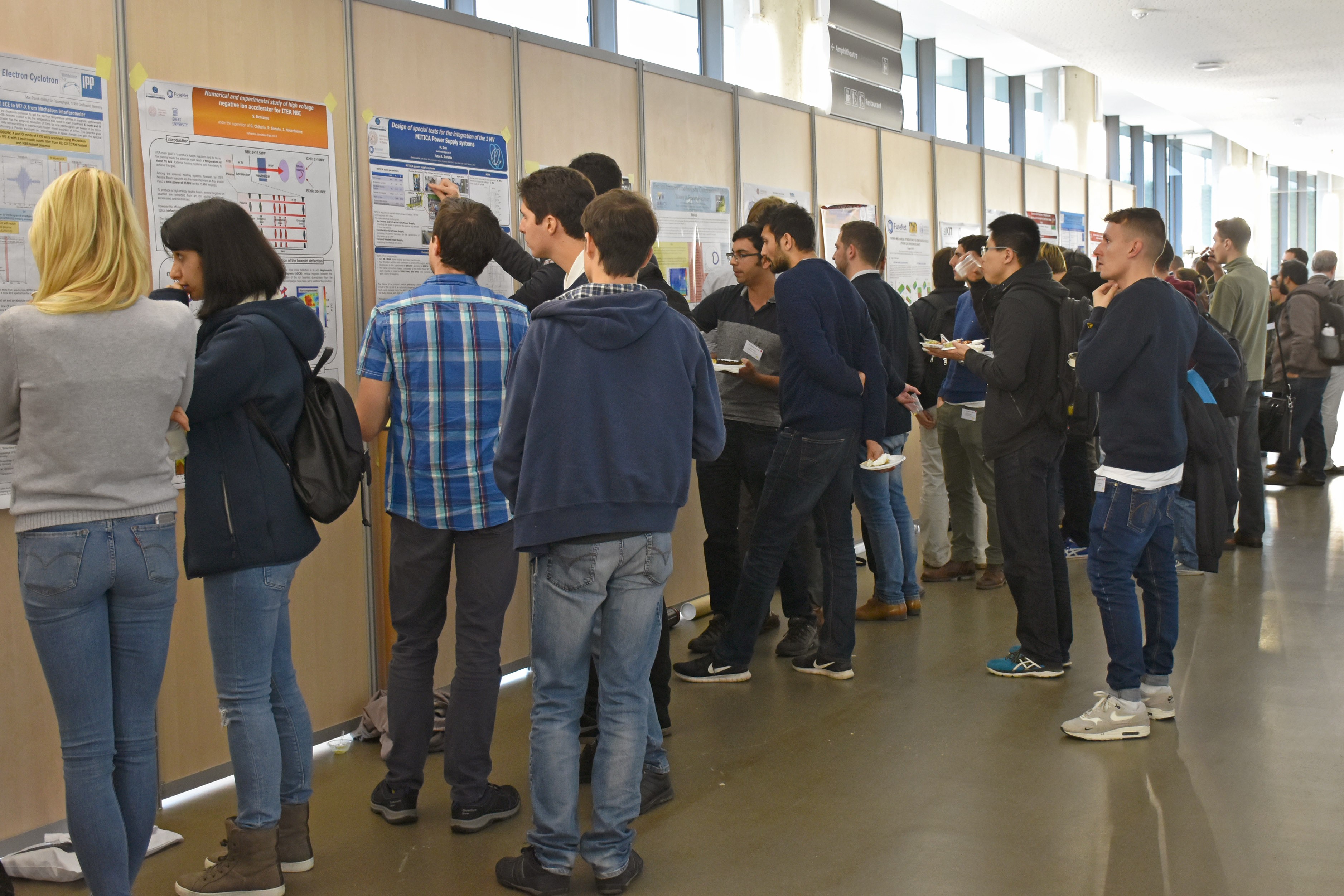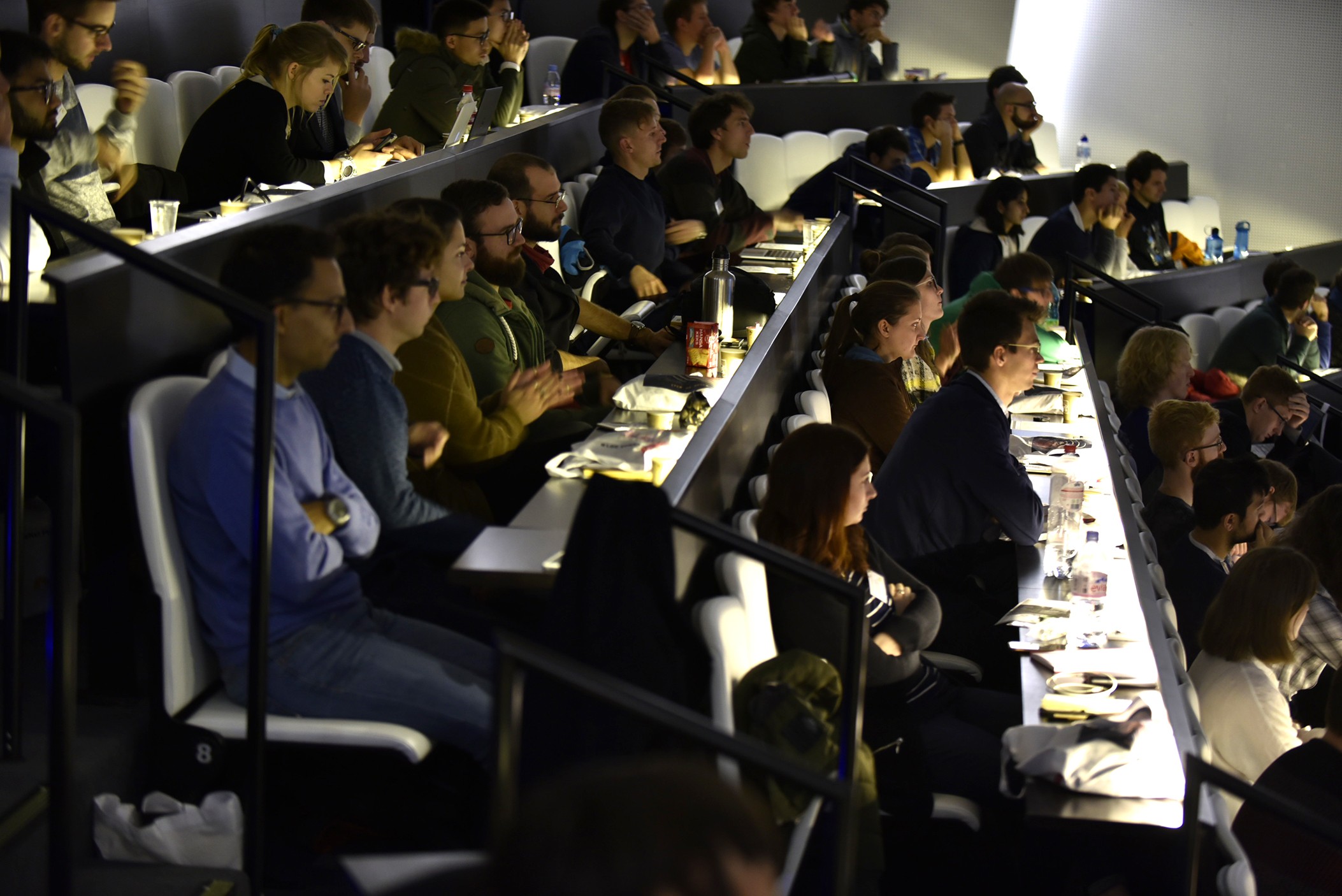For the sixth time, PhD students specializing in fusion energy got together under the umbrella of
FuseNet, the association that coordinates European fusion education activities. This year, the event was hosted with the support of the ITER Organization and the French Alternative Energies and Atomic Energy Commission (CEA).
"This great challenge of fusion is what we need you for," said Roger Jaspers of the Eindhoven University of Technology, and the FuseNet program leader, at the outset of the three-day meeting. He advised the students to take full advantage of the gathering—to form networks ("Maybe the future director of
DEMO is sitting next to you now!"), broaden their horizons, and see with their own eyes all around that fusion is becoming a reality.
A jam-packed program offered the students insights into some of the more challenging aspects of ITER: plasma-wall interactions, plasma disruptions, the use of beryllium, and tritium breeding. Students also heard about the challenges of the ITER Research Plan and learned about recent developments at
Wendelstein 7-X and WEST.
For ITER Director-General Bernard Bigot—a former educator—it was a special treat to stand in front of a big crowd of young scientists and engineers "who have decided to dedicate their career to the quest for fusion energy." Telling the students about recent progress, Bigot said the ITER Project had met the 58 percent completion mark (to First Plasma) in September. "The second half will be very challenging and we will not enjoy the benefit of overtime."
Nearly every speaker referred to the tremendous task the 135 young fusion specialists will face in their professional lives to make fusion energy a reality. For co-organizer Roddy Vann of York University, the added value of the FuseNet event is that the students meeting today will be the people running the ITER control room in 20 years. Guido Lange, co-organizer and researcher from Eindhoven University of Technology, picked up on this theme in his remarks about socio-economic aspects of a future fusion industry. "Breakthroughs to make future fusion devices cheap, fast and tailored need to come out of your hands," he said.
The students did not just soak up information; they also shared their own work either as a poster presentation or in the challenging format of a
Pecha Kucha talk.
It seems that some of the students are already contributing to the ITER Project: during the quieter intervals, quite a few ITER experts could be seen studying the posters.
Scroll through the gallery below for impressions from the event.

